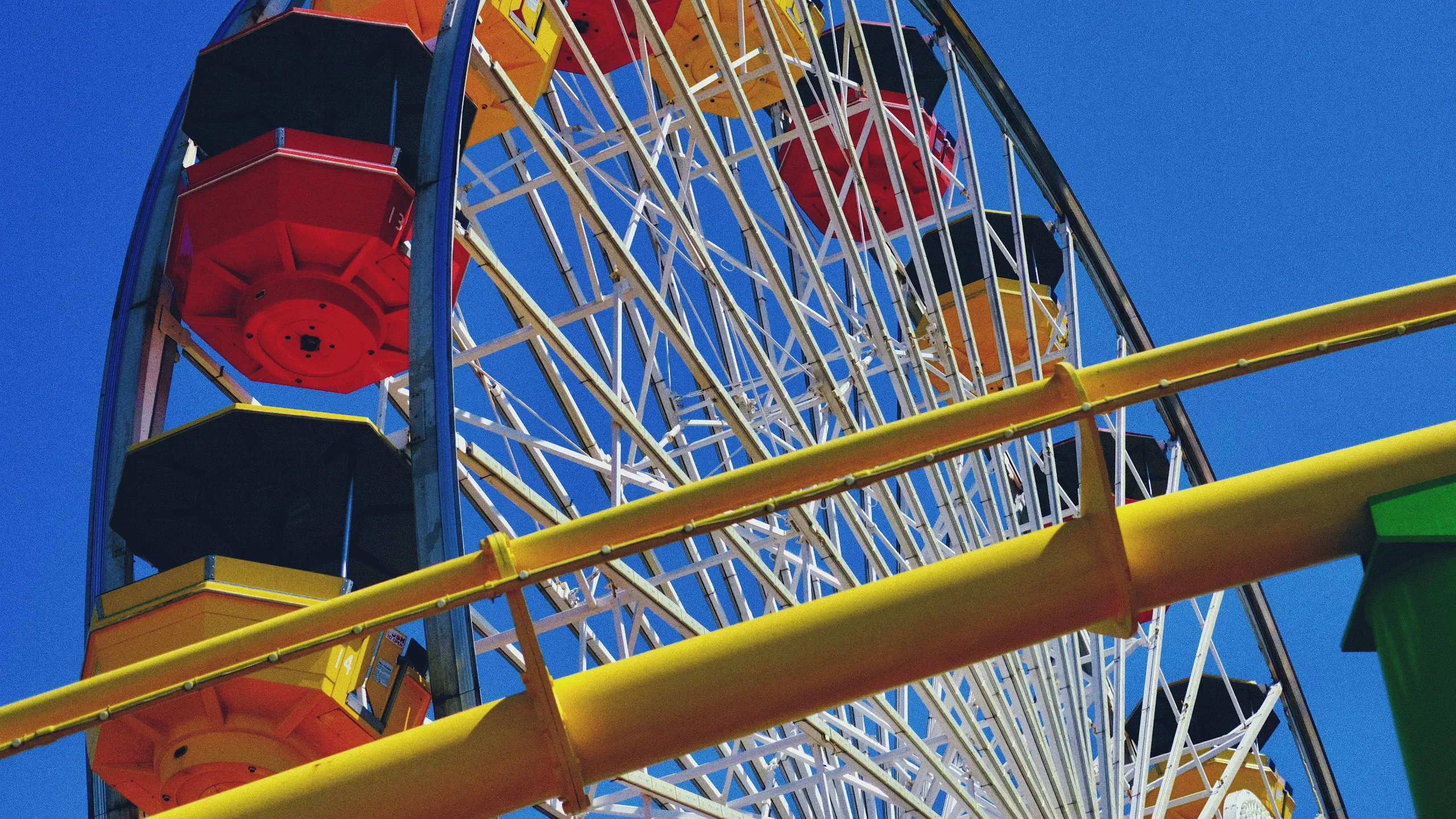
Selected Works
- Tile.com redesign
- I led the redesign of the new life360.com, which launched in spring of 2025. The new site is a merger of the Tile.com and Life360.com domains, bringing together the Tile brand and product offerings under the Life360 umbrella. The redesign focuses on a unified user experience, improved navigation, and a modern aesthetic that reflects the Life360 brand identity.
- GetAstral
- A web app for generating Tailwind themes, allowing for simple customization and export of themes for use in Tailwind projects. Built with Astro and Tailwind CSS.
- Aulait App
- Aulait is an iOS app for tracking and managing your coffee beans and brewing recipes. I designed and developed the app, focusing on a clean and intuitive user interface that makes it easy to log and track your coffee experiences. This was my first time developing a mobile app in SwiftUI, including all the soup-to-nuts of a mobile app, data storage, and a custom UI.